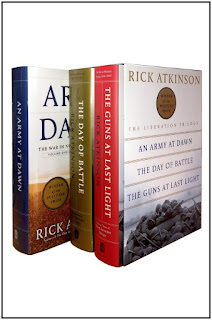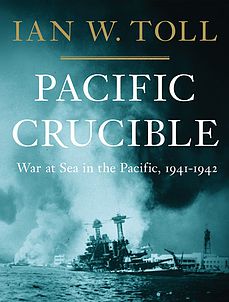Book box set review: Rick Atkinson's 'The Liberation Trilogy'

(C) 2013, Henry Holt and Co On October 22, 2013, Henry Holt and Co., a publishing company that operates under the umbrella of Macmillan Publishers, released the box set of Rick Atkinson's The Liberation Trilogy, a monumental account of how the Anglo-American alliance liberated Western Europe and helped usher in the end of Adolf Hitler's Third Reich. The trilogy consists of the Pulitzer Prize-winning An Army at Dawn: The War in North Africa 1942-1943 ; The Day of Battle: The War in Sicily and Italy 1943-1944 ; and The Guns at Last Light: The War in Western Europe 1944-1945 . Published over a period of 11 years, these works showcase some of the best historical writing about World War II since Cornelius Ryan's A Bridge Too Far came out in 1974. (Want to read my reviews of the three books? Just click on the links you see on the preceding paragraph.) The definitive chronicle of the Allied triumph in Europe during World War II, Rick Atkinson's Liberation ...






